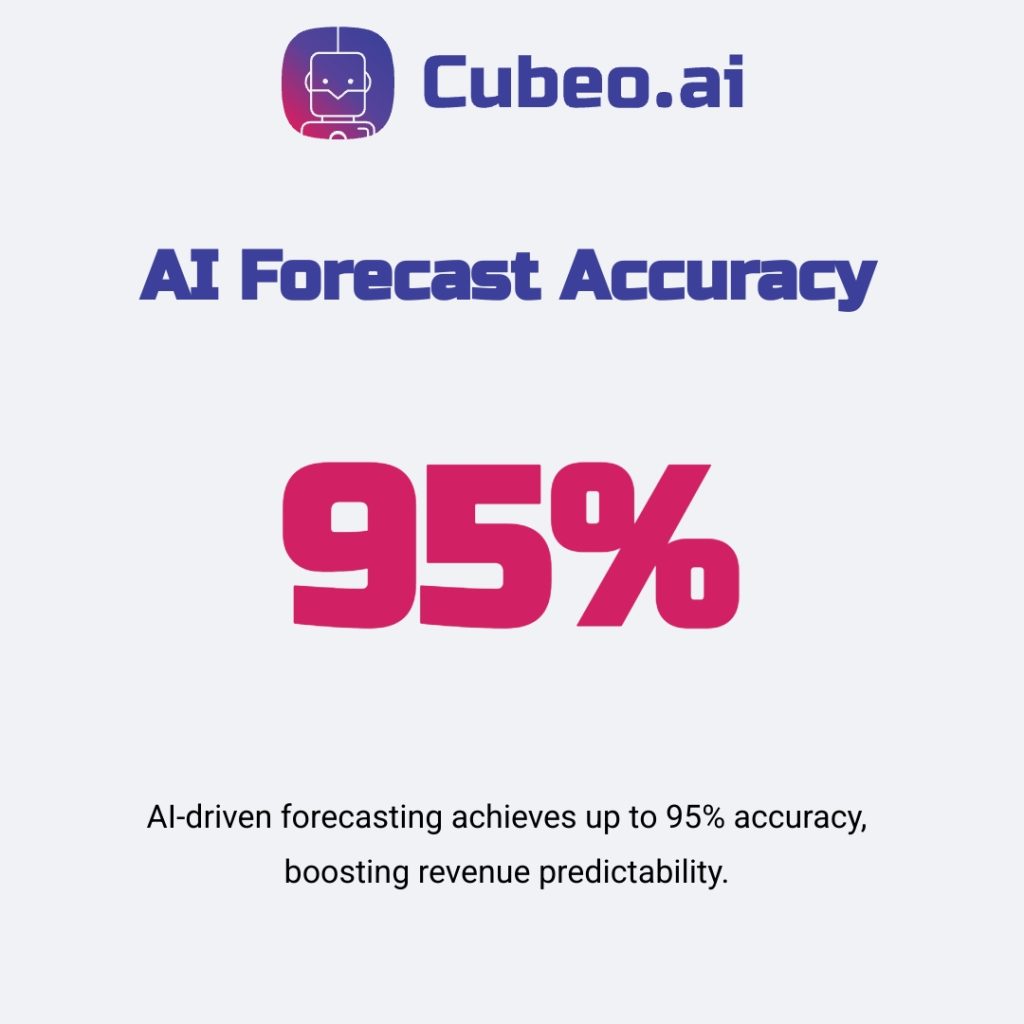If your CRM data is noisy and reps spend hours cleaning records, you won’t trust AI outputs. Run one 90-minute experiment to prove value fast.
The Play: Create a Trigger for “new lead” that activates two agents working together. Agent 1 enriches missing company and contact fields. Agent 2 deduplicates against existing records and flags matches. Both push results directly into CRM fields and send Slack alerts to lead owners.
Immediate KPI: Measure reduction in manual enrichment time and percentage of complete profiles after one week.
Teams using this approach report significant cuts in manual data work. This quick win builds the clean data foundation that makes AI CRM automation successful.
Clean data enables better forecasts, which drive targeted sales actions. Let’s start with the data automation plays that make everything else possible.
Data Automation That Cleans Your CRM
Manual data entry kills productivity and trust in your CRM. CRM automation can increase revenue by 29% and boost productivity by 34%, but only when your data foundation is solid.
These 3 automation plays turn noisy records into complete, timestamped CRM fields you can trust for scoring and forecasting. Each play follows the same pattern: event triggers AI agent, agent processes data, output lands in specific CRM fields, team measures results.
Auto-Enrich New Leads in Minutes
Trigger: New contact enters CRM
Agent: Lead Enrichment Agent pulls company size, industry, LinkedIn profiles, and verified email addresses
Output: Enriched data populates empty CRM fields automatically
KPI: % complete profiles = (records with all required fields populated) / (total new records). Target: 85%+ within 24 hours. Use a saved CRM report filtered by ‘Created Date = last 24 hours.’
Implementation steps:
- Set enrichment priority: Company Name → Industry → Employee Count → LinkedIn URL
- Configure field mapping: Company Size → “Company_Size__c”, Industry → “Industry__c”
- Add 10-minute delay before lead assignment to let enrichment complete
- Use privacy-safe models for PII data
Week 1 validation: Compare profile completeness before and after automation. Teams report significant drops in manual enrichment time according to automation case studies.
Eliminate Duplicate Records
Trigger: Contact creation or update
Agent: Deduplication Agent scans existing records using email, company name, and phone number matching
Output: Potential duplicates flagged for review or auto-merged based on confidence scores (confidence = model match probability; auto-merge if >0.95)
KPI: Merge accuracy = confirmed correct auto-merges / total auto-merges. Sample 100 auto merged records in Week 1 and aim for ≥95% correctness.
Implementation steps:
- Set auto-merge rules: Same email + company name = confidence >0.95
- Flag for review: Partial matches with confidence 0.70-0.94
- Create “Duplicate_Status__c” field to track merge decisions
- Send Slack alerts for manual review cases
Week 1 validation: Run duplicate scan on existing database, then monitor new duplicate creation rate.
Activity Logging That Never Misses
Trigger: Email opens, website visits, meeting completions
Agent: Activity Logger captures engagement data and meeting outcomes
Output: Timestamped activity records with engagement scores in Activity History
KPI: Activity capture rate = logged activities / total trackable events. Target: 100% email/meeting logging.
Implementation steps:
- Connect email tracking APIs (HubSpot, Salesforce Email Studio)
- Set up calendar webhook for meeting completion events
- Create custom fields: “Last_Email_Open__c”, “Engagement_Score__c”
- Log activities to standard Activity object with custom activity types
Week 1 validation: Compare manual activity logging versus automated capture. Measure time saved per rep per day.
Clean, enriched data creates the foundation for accurate pipeline forecasting and intelligent sales workflows.

Pipeline Forecasting That Predicts Deal Risk
Your CRM data is now clean and enriched. Time to turn that foundation into accurate revenue predictions that actually help you plan quarterly targets and resource allocation.
Traditional forecasting methods achieve only 20% accuracy above 75%, leaving sales leaders guessing about pipeline health. AI-powered forecasting changes this completely, with companies seeing up to 95% forecast accuracy and becoming 10% more likely to grow revenue year-over-year.
These 3 forecasting plays transform your pipeline from a static report into a predictive intelligence system that flags risks before deals stall.
Deal Scoring That Actually Works
Trigger: Deal stage change, sudden drop in engagement, or 14+ days idle
Agent: Deal Scoring Agent analyzes emails, meeting cadence, and proposal views
Output: Risk score (0–100) in Deal_Health__c; Slack alert if <40
KPI: Forecast accuracy = (predicted closes that actually closed) ÷ (predicted closes). Target: 85%+ monthly.
Quick setup: starter weights — email 30%, meetings 25%, proposals 20%, timeline 25%; alert on 14+ days idle.
Week 1 validation: Sample 50 scored deals vs outcomes; check score-to-outcome correlation. Teams typically see 30% reduction in forecast errors within the first month.
Competitor Intelligence Integration
Trigger: Competitor named in email, notes, or call transcript
Agent: Competitor Analysis Agent (enhanced in Cubeo’s January update) extracts competitor, objection, and pricing cues
Output: Competitive_Threat__c and a weekly competitive report to Sales Ops
KPI: Competitive win rate = wins vs named competitor ÷ competitive deals. Track monthly.
Quick setup: watch pricing/feature mentions; alert when high-value deals name a competitor.
Week 1 validation: Review 30 flagged deals for correct competitor identification.
Dynamic Forecast Updates
Trigger: Major activity change, stage move, or deal edit
Agent: Forecast Agent recalculates probabilities using live engagement + history
Output: AI_Close_Probability__c updated; automated leadership dashboard with variance notes
KPI: Forecast variance = absolute difference between actual and predicted revenue ÷ predicted revenue. Target: <15% monthly.
Quick setup: recalc within 30 minutes of major activity; push weekly summaries to leaders.
Week 1 validation: Compare AI probabilities vs static model across the last 30 deals; log variance delta.
Accurate forecasting enables targeted sales actions. Next, we’ll automate the workflows that act on these pipeline insights.

Sales Workflows That Run Automatically
Manual meeting prep and follow-up sequences drain your team’s energy. Reps spend hours researching prospects, crafting follow-up emails, and coordinating handoffs between teams.
Workflow automation can automate 30% of sales activities, with 61% of businesses seeing ROI within six months. These 3 workflow plays eliminate manual coordination and ensure nothing falls through the cracks.
Pre-Meeting Research Automation
Trigger: Calendar event created. Research begins T-24h and updates the draft; final brief sent at T-2h. Add 10-minute debounce to ignore rapid calendar edits.
Agent: Research Agent pulls recent company news, LinkedIn activity, and mutual connections
Output: Meeting brief sent to rep’s email with talking points and context in Meeting_Brief__c field
KPI: Meeting prep reduction = avg minutes per prep (sample n=20) before ÷ after automation. Target: 80% reduction.
Quick setup: Connect calendar webhook; configure data sources (company websites, news feeds, social profiles); choose privacy-first model for PII enrichment.
Week 1 validation: Track prep time before/after automation. Teams report 5 hours saved weekly per rep.
Follow-Up Sequences That Never Fail
Trigger: Meeting ends, demo completed, or proposal sent
Agent: Follow-up Agent crafts personalized emails based on meeting notes and next steps
Output: Automated email sequences with CRM task creation in Followup_Task__c field
KPI: Follow-up completion = tasks where Followup_Sent__c = true within 24h ÷ total meetings. Target: 90%.
Quick setup: Map meeting outcomes to follow-up templates (demo → trial setup, pricing → proposal); set sequence timing (immediate thank you, 3-day check-in, 1-week reminder).
Week 1 validation: Monitor follow-up completion rates and prospect engagement through saved CRM reports.
Handoff Automation Between Teams
Trigger: Deal marked “Closed Won” or moved to implementation stage
Agent: Handoff Agent compiles deal history, preferences, and success criteria
Output: Complete customer profile transferred to success team in Onboarding_Profile__c with automated kickoff scheduling
KPI: Handoff completion = records with complete Onboarding_Profile__c within 4h ÷ total handoffs. Target: 100%.
Quick setup: Define handoff triggers (deal stage changes, contract signatures); map critical data (decision makers, technical requirements, implementation timeline).
Week 1 validation: Track handoff documentation completeness and customer feedback through #onboarding Slack channel notifications.
Your AI CRM automation system is now complete: clean data feeds accurate forecasts, which trigger targeted workflows that close more deals.




